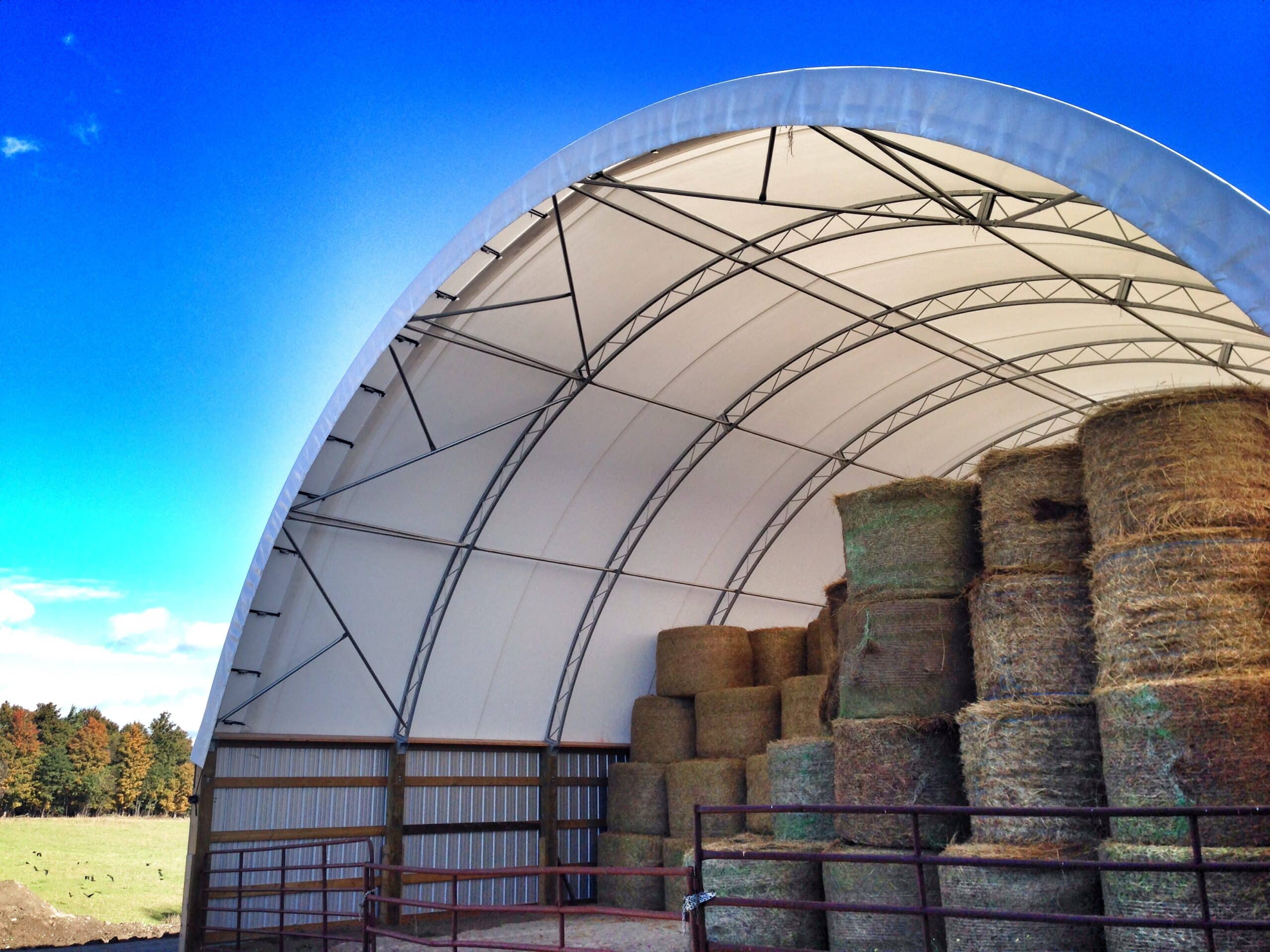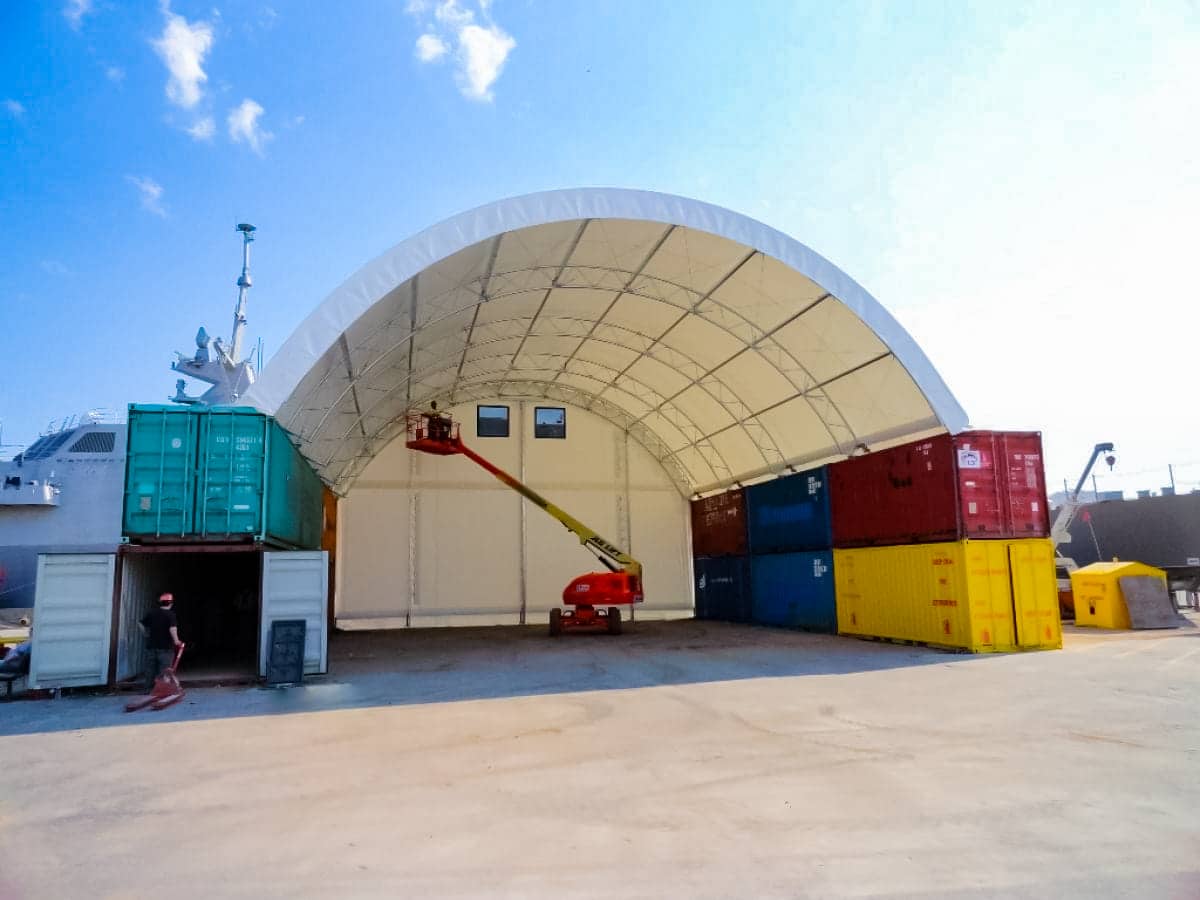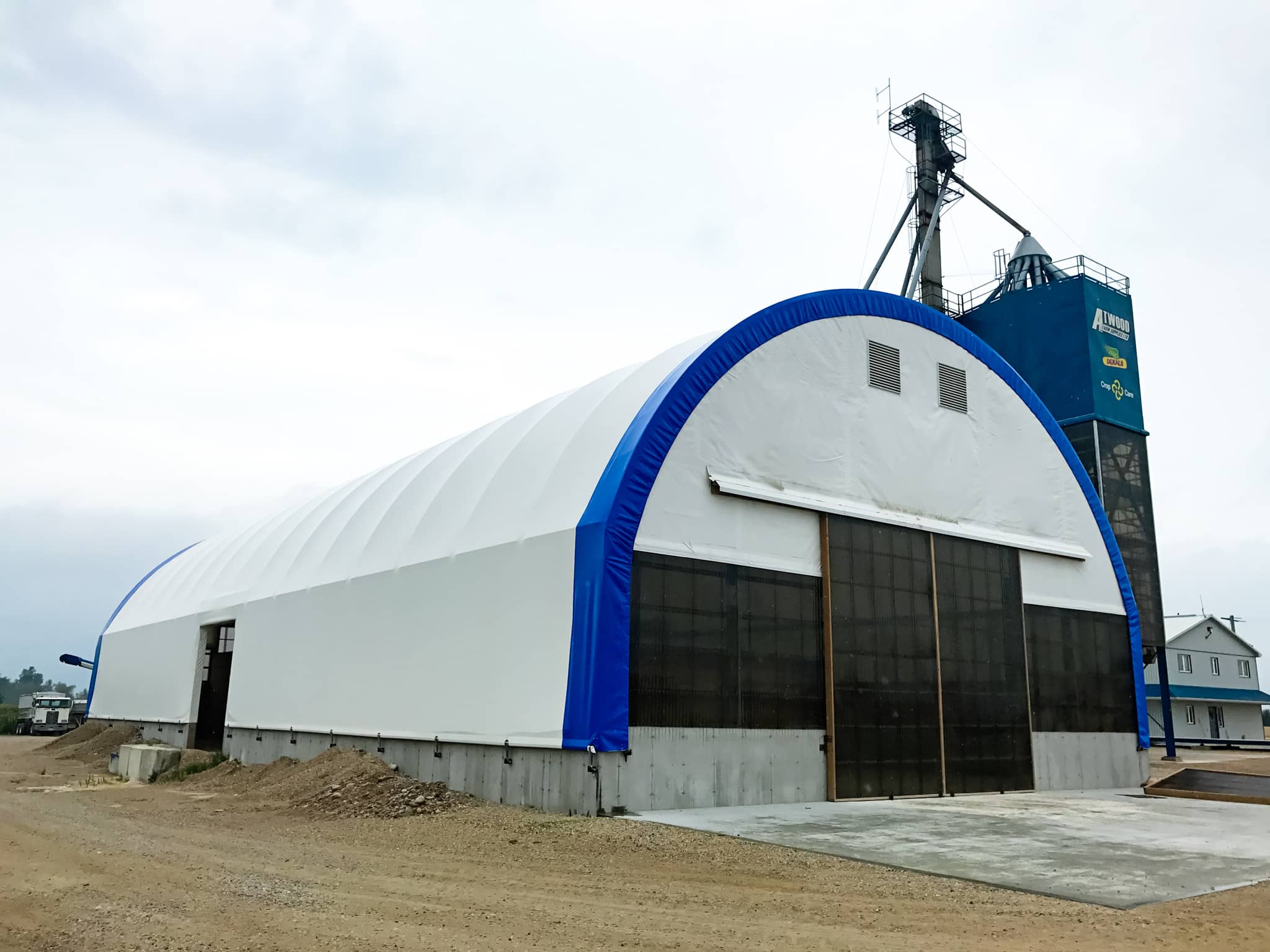 Tension fabrics have suddenly become the hottest commodity for all things signage, exhibition, and event promotion. Still, most people don’t know what they’re composed of and know even less about how tension fabric does what it does.
Tension fabrics have suddenly become the hottest commodity for all things signage, exhibition, and event promotion. Still, most people don’t know what they’re composed of and know even less about how tension fabric does what it does.
The term itself is easy enough to wrap your head around and simply means that tension fabric is a cover stretched over a sturdy frame. Composed of a few different materials, it is known to be extremely durable. The polyester tension fabric blend is especially popular with trade show displays and banners.
There are additional benefits to the polyester tension fabric blend which make it so popular. Polyester is a synthetic material that holds color very well even in extreme sunlight and under the strain of a cold water wash. Its ability to display vibrant colors is especially appealing for advertising purposes, in addition to it being lightweight and durable.
So now that we know a bit more about what it’s composed of, how about we delve a little deeper into discovering how it works.
Installation in Progress

As an example, we’ll use a tension fabric building installation and explore its different aspects. Contrary to the complex image you might have in your mind, based on size alone, installation is a relatively straightforward process. The size of the building actually benefits the requirements of a project of this scale. When compared to conventional or steel buildings, tension fabric building installations take less than half the time.
More significant benefits include its simplified assembly processes and the handy ability to complete the entire construct offsite. The latter is a crucial benefit tension fabric building installations have over traditional building methods and one of the main reasons so much time can be saved. There are also several factors that can impede progress onsite, but with a reliable partner building your requirements to your exact specifications, this becomes one less thing for you to worry about.
Composed of prefabricated components, unique structures can be built in climate-controlled offsite construction facilities. This helps to ensure speed and efficiency, since the latest weather reports have no effect on production. In addition, while the work of building is continuing at the construction facility, a team can be dispatched to your site to begin preparations to accommodate the new structure by readying the foundation. Any project manager will realize how important this is to help the project remain on time and therefore, on budget.
Despite the requests for huge structures that are always in demand, tension fabric is deceptively simple to manipulate. Regardless of the versatility and durability of the material, one must remember that at the end of the day, it is still a building resource. Herein lies the secret to what makes it a modern day construction marvel. All that is then left to do is to ensure that truss segments are bolted together using basic connectors, and you’re good to go.
Assuming that there are no delays in delivery time and sourcing of the necessary parts, installation can happen in a matter of days rather than weeks.
Features and Benefits
The exact process of how tension fabrics work can be displayed in their numerous features and benefits. The rise in popularity has also increased its accessibility and there are a few notable companies who now offer a comprehensive and professional service offering.
 Since the material itself is long lasting and durable, this has far-reaching positive consequences. The prefabricated components are durable enough to go head-to-head with most brick-and-mortar constructs. Typical structures have also been known to last for decades which grant that extra peace of mind on long term projects.
Since the material itself is long lasting and durable, this has far-reaching positive consequences. The prefabricated components are durable enough to go head-to-head with most brick-and-mortar constructs. Typical structures have also been known to last for decades which grant that extra peace of mind on long term projects.
Being lightweight and portable are major selling features in the construction industry. Usually the necessary resources have to be acquired and then transported to site, where it still has to be built from scratch. The very nature of how tension fabric works makes it possible for the workload to be divided up, with production happening on at least two fronts at the exact same time. While the team at the offsite facility is completing the construct, the onsite team can begin preparing for the arrival of the completed structure.
There are still many more avenues to explore with tension fabric building installations and while we now have a firm grasp of how they work, innovation is still the wild card. In fact, with the rapid improvement in technology, processes, and the discovery of new materials, tension fabric still has the potential to evolve even further.The team here at Skyler Structures have been privileged to innovate our approach to tension fabric structures in unique ways for each of the projects we undertake. Your particular requirements form the base of our designs and we endeavor to customize solutions throughout the process. Visit our website to get in touch with one of our experts today.